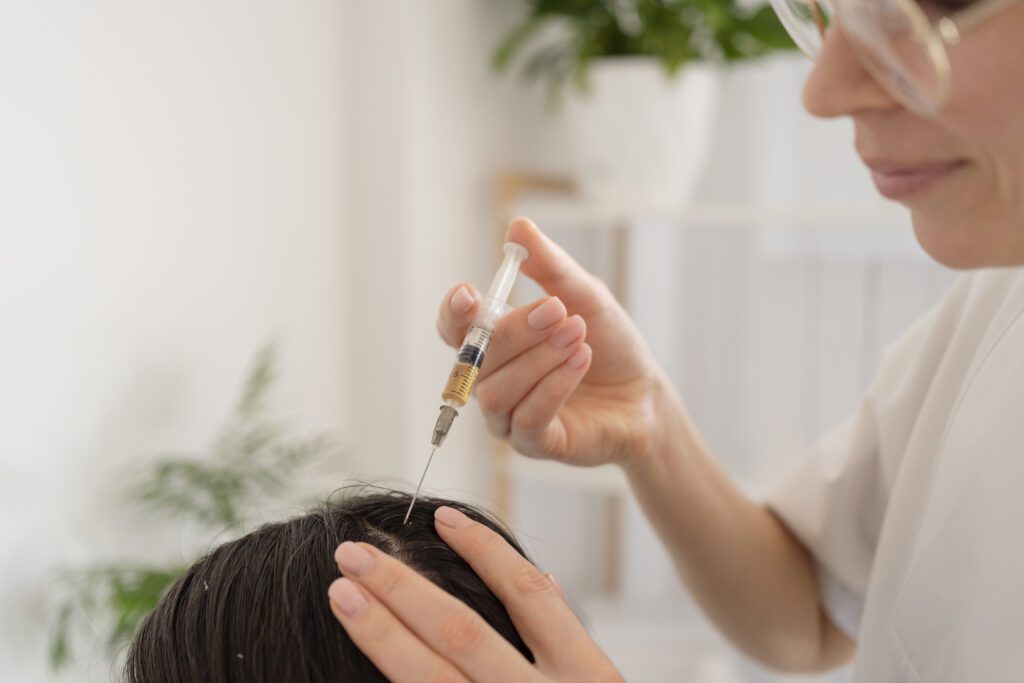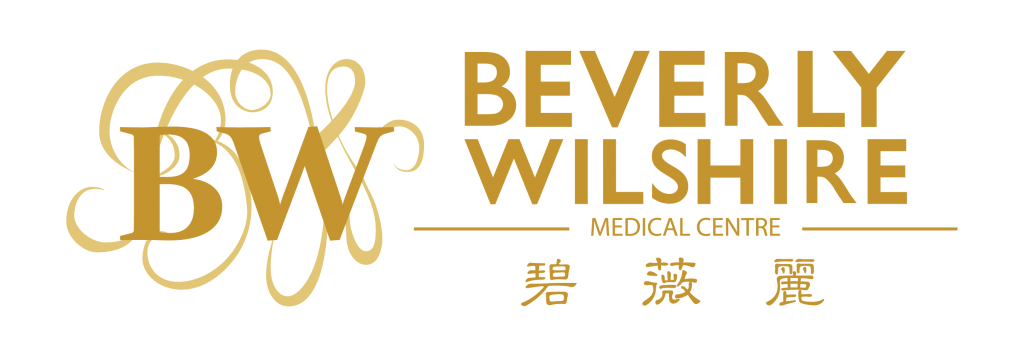Hair Loss Treatment

Hair Loss Treatment
Alopecia is a condition of partial or complete hair loss in an individual. Alopecia may begin with hair loss on the scalp, either in patches or on the entire head. The onset of this disease is often random, sudden, and recurrent. It can affect any hair-bearing area of the body. Alopecia is an autoimmune disease with a prevalence ranging between 41% and 73% in Asia. Factors such as unhealthy eating habits, increasing consumption of alcohol and smoking lead to accelerated hair loss. However, stress remains one of the leading causes of hair loss among a vast pool of Asian populations.
Effective treatment for hair loss begins with finding the cause. To get an accurate diagnosis, it helps to see a good aesthetician. These doctors have in-depth knowledge about the many causes of hair loss and experience treating the diverse causes.

Thread Lift

1
Types of Thread Lift
There are a few types of thread lifts, the main difference is longevity, stiffness and tensile strength:
- PDO (Polydioxanone) dissolves after 6 – 9 months
- PLLA (Poly L Lactic Acid) dissolves after 12 – 18 months
- PCL (Polycaprolactone) dissolves after 24 – 36 months
Considerations
Although thread lifts are advantageous, patients must maintain a realistic expectation for this procedure. While thread lifts can certainly produce visible changes, they will only be able to lift the face by a few millimeters, as such they create a more subtle and natural look than facelift surgery. Thread lifts are more suitable for mild to moderate cases of skin laxity. Once thread lifts are no longer feasible, patients may have to consider facelift surgery.
The patient needs to understand that no lifting technique is permanent, that being said a facelift surgery will produce longer-lasting results than a thread lift. Facelift surgery can last up to a decade whereas a thread lift generally lasts between one to three years.
2


3
Maintenance
To get the most out of the treatment, patients can combine thread lift with Exilis, Thermage or Ultherapy. These lasers use heat to stimulate collagen production. By combining these procedures with thread lift you can maximize the overall effect of skin firming and create even more lifting to the neck as well as the face.
While thread lifts can tighten skin, they aren’t designed to address the blemishes of the skin’s surface. As such signs of aging such as age spots, areas of uneven pigmentation and fine lines will require a different technique known as skin resurfacing. During skin resurfacing the top layer of the dermis is removed, stripping away the blemishes. A new more youthful-looking layer of the skin then grows in its place. You can do this through other lasers or fillers. It would be best to consult with the doctor on what works best for your condition.
Types of Hair Loss Treatments
PRP is a small volume of plasma containing large numbers of platelets. The platelet contents are 4 – 5 times higher than normal blood, making it highly effective for skin rejuvenation.
Also known as Vampire Lift, this treatment utilizes patient’s own plasma to improve the appearance of fine lines and wrinkles, sun-damaged and dull skin. Visible results can be seen within 2 weeks of treatment and improvement will be continuous in the following months.
Dr. CYJ hair filler is developed by Dr Chung Yung Ji after 14 years of research on specialized Peptide Complex. It is highly effective in promoting hair regrowth and preventing hair loss by increasing the size of hair follicles. This innovative product is designed for men and women with alopecia. It contains seven functional peptides that stimulate the microcirculation of the scalp and nourish weakened hair follicles.
Injection treatment to the full face or areas that particularly need attention. Delivers nourishments deep into the dermal layer for skin rejuvenation. Experience a dewy, firmer and radiant skin.
TESTIMONIALS
What patients have to say




Get Your Inquiries
Answered Today!
Contact Us
- Tel (Reception): +603-2118 2888
- Tel (Ward): +603-2118 2800
- Mobile: +618-236 2888
OUT-PATIENT CLINIC:
- Monday to Friday 9:00am - 5:00pm
- Saturday 9:00am - 3:00pm
IN-PATIENT CLINIC:
- 24-hours
Contact Us
- Tel (Reception): +603-2118 2888
- Tel (Ward): +603-2118 2800
- Mobile: +618-236 2888
- Email: enquiry@beverlywilshiremedical.com
OUT-PATIENT CLINIC:
- Monday to Friday 9:00am - 5:00pm
- Saturday 9:00am - 3:00pm
IN-PATIENT CLINIC:
- 24-hours


